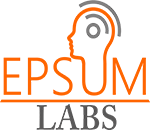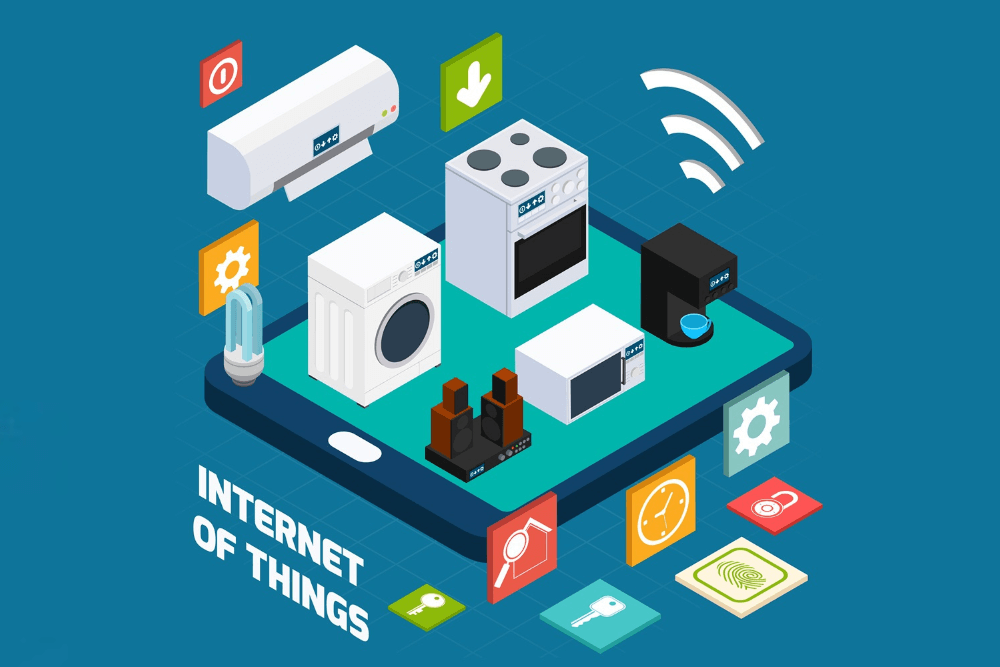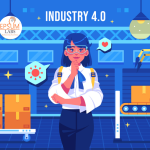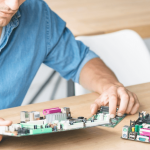The Internet of Things (IoT) has come a long way since its inception. What started as a futuristic concept has now become an integral part of our daily lives, transforming industries, homes, and workplaces.
Let’s take a journey through the evolution of IoT, exploring how it started, the challenges it faced, and the significant advancements that have shaped its current state.
Contents
The Evolution: IoT 1.0 to 3.0
The idea of connecting devices to the internet dates back to the 1980s, but it wasn’t until the late 1990s and early 2000s that IoT began to take shape. The first wave, often referred to as IoT 1.0, was about connecting basic devices to the internet.
Think of early smart appliances and rudimentary sensors. The focus was on enabling communication between devices, but the technology was limited by slow internet speeds, high costs, and lack of standardization.
By the time IoT 2.0 emerged, the focus shifted to scalability and interoperability. This phase saw the rise of cloud computing, which allowed for better data storage and processing.
However, challenges like device compatibility, security vulnerabilities, and the complexity of wiring and automation persisted.
Connecting devices often required extensive manual effort, and the cost of implementation was a barrier for many businesses.
With IoT 3.0, the introduction of edge computing and faster networks like 4G brought significant improvements. Devices became smarter and capable of processing data locally before sending it to the cloud. This reduced latency and improved efficiency.
Yet, the physical wiring of devices remained a hurdle, especially in large-scale deployments like smart cities or industrial automation.
The Leap to IoT 4.0: Wireless Revolution
The transition to IoT 4.0 marked a turning point. Wireless technologies like 5G, Wi-Fi 6, and LPWAN (Low-Power Wide-Area Network) revolutionized the way devices communicate.
Machine-to-machine (M2M) communication became seamless, enabling real-time data exchange without the need for complex wiring. This shift not only reduced costs but also made IoT solutions more flexible and scalable.
One of the most significant changes was the democratization of IoT. Wireless communication systems have become cheaper, more powerful, and energy-efficient.
This allowed even small businesses and households to adopt IoT-enabled devices. For example, smart home devices like doorbells, lighting systems, and thermostats have become affordable and easy to install, thanks to wireless connectivity.
Challenges Before IoT
Past: Manual, Error-Prone, and High Effort
Before IoT became mainstream, industries and individuals faced significant limitations:
- Manual Processes:
Tasks that required manual intervention, such as monitoring equipment or collecting data, were time-consuming and prone to human error. For example, factory managers had to physically inspect machinery to detect issues, often leading to costly downtime. - Error-Prone and Inefficient Systems:
Devices operated independently, unable to communicate with each other. This lack of integration led to inefficiencies and missed opportunities for automation. - Humanly Possible Frequency of Inspection:
Inspection and monitoring were limited by human availability, leading to gaps in coverage and potential oversight.
Present: Digital, Automated, and Cost-Effective
With IoT becoming more prevalent, processes have undergone a digital transformation:
- Digital Systems:
IoT-enabled devices now automate data collection and analysis, reducing human error and increasing accuracy. - High CapEx with Long-Term Benefits:
While the initial investment in IoT systems may be high, the long-term benefits, including lower maintenance costs and higher efficiency, justify the expense. - More Frequent Monitoring:
Automation has made it possible to monitor systems more frequently and effectively, reducing risks and downtime.
Future: Intelligent, Predictive, and Continuous
As IoT continues to evolve, its future holds promising advancements:
- Intelligent Systems:
IoT devices will leverage AI and machine learning for smarter decision-making and operations. - Low Footprint Solutions:
Advances in technology will enable smaller, more efficient devices that consume fewer resources. - Predictive and Continuous Monitoring:
IoT will enable predictive analytics, identifying potential issues before they occur, ensuring continuous operation and minimizing disruptions. - Real-Time Insights:
Future systems will focus on providing real-time data and actionable insights, further enhancing efficiency and decision-making.
How IoT Changed the Game
IoT has addressed these challenges head-on, turning limitations into opportunities. Here’s how:
1. Automation and Efficiency
IoT has eliminated the need for manual intervention in many processes. Sensors and connected devices can now monitor and control systems autonomously. For example:
- In manufacturing, IoT-enabled machines can detect faults and schedule maintenance automatically, reducing downtime and improving productivity.
- In agriculture, smart irrigation systems use soil moisture sensors to water crops only when needed, saving water and labor.
2. Seamless Connectivity
IoT has enabled devices to communicate with each other effortlessly. Machine-to-machine (M2M) communication has opened up new possibilities for automation and collaboration. For instance:
- Smart homes use interconnected devices like lights and security systems to create a cohesive, automated living environment.
- In logistics, IoT-enabled tracking systems ensure seamless coordination between warehouses, vehicles, and delivery personnel.
3. Cost-Effective Solutions
Advancements in wireless technology and the decreasing cost of sensors have made IoT accessible to everyone.
Are you looking for IoT App Development Company
Wireless communication has eliminated the need for expensive wiring, while cloud computing has reduced the cost of data storage and processing. Today, even small businesses and households can afford IoT solutions like smart thermostats or energy monitors.
4. Remote Monitoring and Control
One of the most significant advantages of IoT is the ability to monitor and control devices remotely, enabling preventive maintenance and operational efficiency across various sectors.
- Homeowners can now check their security cameras, lock doors, or adjust air conditioning from their smartphones, ensuring safety and energy efficiency from anywhere in the world.
- Businesses can track asset locations, monitor equipment performance, and implement preventive maintenance, reducing downtime and minimizing costly repairs while managing operations seamlessly across different locations.
5. Data-Driven Insights
IoT has broken down data silos, enabling the collection and analysis of vast amounts of information. This has led to smarter decision-making and predictive capabilities:
- In healthcare, wearable devices collect patient data and provide insights to doctors, enabling early diagnosis and personalized treatment.
- Retailers use IoT data to analyze customer behavior, optimize inventory, and enhance the shopping experience.
Real-World Examples of IoT in Action
IoT has made a tangible impact across various sectors. Here are a few examples:
Smart Homes
IoT-enabled devices like smart doorbells, sensors, lights, alarms, and cameras have made homes more secure, energy-efficient, and convenient. For instance, a smart doorbell can send live video feeds to your phone, allowing you to see and communicate with visitors remotely.
Industrial IoT (IIoT)
Factories have become smarter with IoT. Sensors on machinery monitor performance, predict maintenance needs and optimize production processes, reducing costs and improving efficiency.
Healthcare
Wearable devices and remote monitoring systems have revolutionized healthcare. Patients can now track their health metrics, and doctors can monitor their conditions in real-time, leading to better outcomes.
Smart Cities
IoT is transforming urban living by enhancing safety, efficiency, and sustainability through smart technologies.
- Smart traffic lights optimize traffic flow, reducing congestion and travel time.
- Waste management systems ensure timely collection and disposal, minimizing pollution and improving cleanliness.
- Energy grids intelligently distribute power, reducing waste and lowering costs.
- Safety is significantly improved as CCTV cameras have become smarter, equipped with Red Light Violation detection and Automatic Number Plate Recognition (ANPR), ensuring better law enforcement and urban security across the city.
The Future of IoT
As IoT continues to evolve, its potential is limitless. The integration of AI and machine learning will make IoT devices even smarter, enabling predictive analytics and autonomous decision-making.
The rollout of 5G and beyond will further enhance connectivity, making IoT Solutions faster and more reliable.
IoT has turned challenges into opportunities, addressing the limitations of the past and paving the way for a smarter, more connected future. From automating processes to enabling remote monitoring and data-driven insights, IoT has transformed industries and everyday life.
As we step into a hyper-connected era, IoT will be at the heart of every innovation, driving smarter decisions and creating limitless opportunities.




